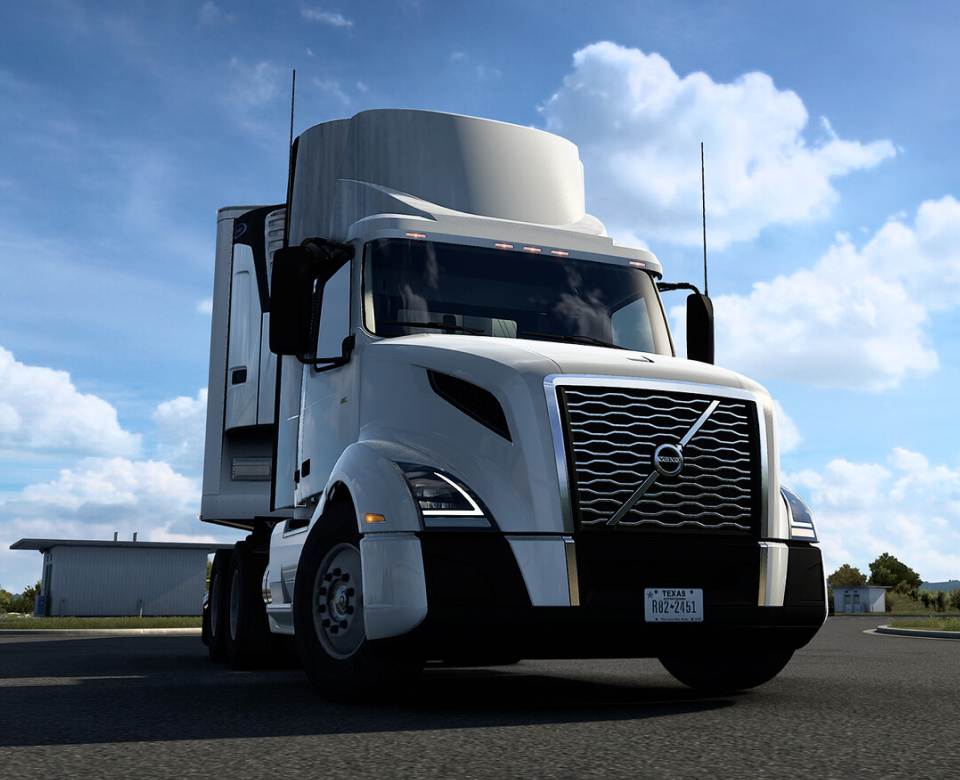Getting a truck loan in Canada involves several steps, similar to those in other countries, but with specific considerations for Canadian lenders and regulations. Here’s a guide to help you through the process:
A financial checkup begins with reviewing or creating a budget if you don’t already have one. A budget helps you track your income and expenses and should be a dynamic tool that adapts to changes in your financial situation. Regularly auditing your budget ensures your spending aligns with your financial goals.
If you don’t have a budget, follow these steps to create one:
1. Identify Your Expenses: Start by listing your monthly expenses using either a pen and paper or a spreadsheet. Categorize them into:
2. Fixed Costs: Regular expenses that remain the same each month, such as rent, phone bills, car payments, and childcare.
- Variable Costs: Expenses that fluctuate monthly, including groceries, gas, grooming, and dining out.
- Review Your Statements: Examine your bank and credit card statements from recent months to ensure you haven’t overlooked any expenses.
3. Adjust Your Budget: Evaluate your spending habits and consider cutting back on non-essential areas to allocate more funds toward savings or debt repayment. Additionally, you might contact service providers to negotiate lower rates for fixed expenses, like phone service or cable.
4. Track Your Spending: The key to effective budgeting is consistency. Make sure to stick to your budget and review it regularly. Set up regular “money dates” with yourself or a partner, whether biweekly or weekly, to monitor your progress and make adjustments as needed.
- What Is the Difference Between Prequalification and Pre-Approval for an Auto Loan?
The terms "prequalification" and "pre-approval" can vary depending on the lender. Generally, prequalification is based on unverified financial information, while pre-approval involves a more thorough review of your finances and is based on verified information.
Both prequalification and pre-approval letters indicate the amount a lender might be willing to lend you. However, these letters do not constitute a guaranteed loan offer.
- Secured vs. Unsecured Auto Loans
Secured Loans: A secured auto loan is backed by collateral, with your car serving as the security. If you fail to make payments, the lender has the right to repossess and sell the car to recover the loan amount.
Unsecured Loans: Unsecured loans are based solely on your creditworthiness and do not require collateral.
Secured loans usually offer lower interest rates and fees compared to unsecured loans, as the collateral reduces the lender’s risk. Additionally, you may have the opportunity to borrow more money and extend the repayment term with a secured loan.
Despite these benefits, an unsecured auto loan might be preferable for some individuals. It offers the advantage of not having to worry about repossession of the vehicle if you encounter financial difficulties.




